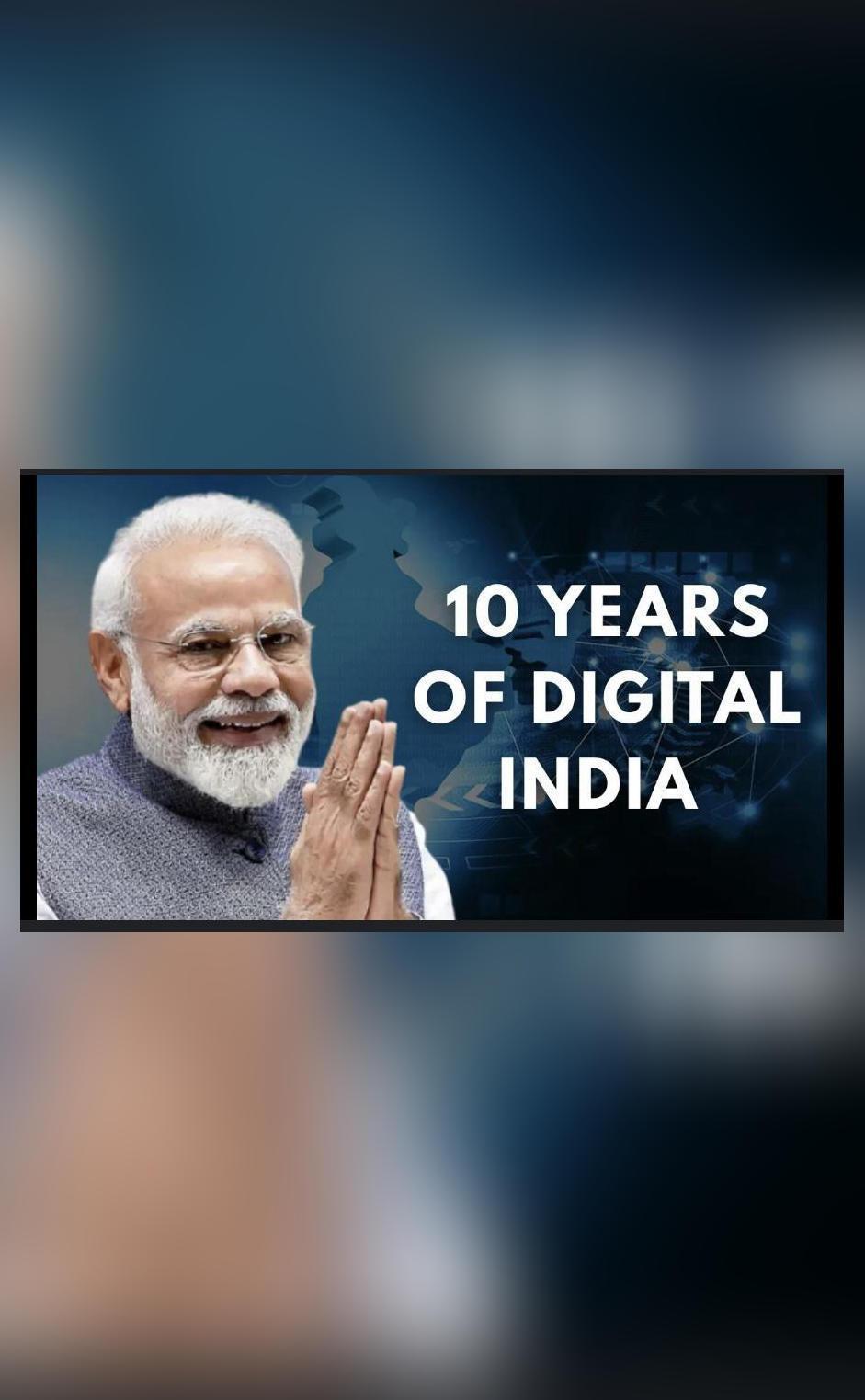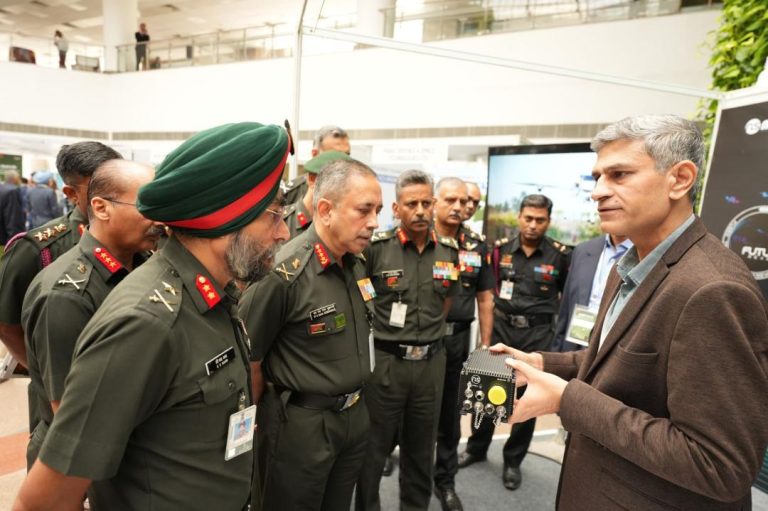
10 Years of Digital India: Milestones in Tech, Health, and Education
October 2015 marked a significant milestone in India’s digital journey – the launch of the ‘Digital India’ initiative by Prime Minister Narendra Modi. The ambitious program aimed to transform India into a digitally empowered society and a knowledge economy. As the initiative completes a decade, it’s essential to reflect on its progress, milestones, and the impact it has had on various aspects of Indian life.
Over the past decade, Digital India has made significant strides in education, healthcare, MSMEs, and AI, among other areas. In this blog post, we’ll explore the key milestones, achievements, and future plans that have shaped India’s digital landscape.
Education: Empowering Students through Digital Platforms
Digital India has played a crucial role in bridging the education gap in India. The initiative has focused on providing digital infrastructure, content, and platforms to students, teachers, and institutions. Some notable achievements include:
- Diksha: A digital platform that provides free access to educational content, including textbooks, videos, and games, to over 25 million students.
- SWAYAM: A massive open online course (MOOC) platform that offers over 1,000 courses in various subjects, with a focus on skill development and entrepreneurship.
- E-pathshala: A digital repository of e-books, educational resources, and multimedia content for students and teachers.
These initiatives have not only increased access to quality education but also helped to bridge the digital divide between urban and rural areas.
Healthcare: Leveraging Tech for Better Healthcare
Digital India has also transformed the healthcare sector by leveraging technology to improve patient care, access to medical services, and healthcare infrastructure. Some key achievements include:
- Telemedicine: The government has launched telemedicine services to connect patients with doctors remotely, reducing wait times and increasing access to medical care.
- Electronic Health Records (EHRs): The government has implemented EHRs to digitize patient records, reducing administrative burdens and improving healthcare outcomes.
- Swasth Bharat: A digital platform that provides health-related information, telemedicine services, and disease management programs to citizens.
These initiatives have enabled faster diagnosis, better treatment, and improved patient outcomes, particularly in rural areas.
MSMEs: Empowering Local Sellers through Digital Platforms
Digital India has been instrumental in promoting Micro, Small, and Medium Enterprises (MSMEs) by providing them with digital infrastructure, platforms, and resources. Some notable achievements include:
- GeM: A government e-marketplace that connects local sellers with government departments, institutions, and other buyers, promoting entrepreneurship and job creation.
- ONDC: An open network for digital commerce that enables local sellers to sell their products and services on various e-commerce platforms, reducing dependence on large e-commerce companies.
These initiatives have empowered local sellers, increased competition, and promoted entrepreneurship in the MSME sector.
AI: A Humanity-First Approach to Technology
India has been at the forefront of AI adoption, with a focus on developing AI-powered applications that benefit humanity. Some key initiatives include:
- $1.2B AI Mission: A government-funded initiative that aims to develop AI-powered applications in areas such as healthcare, education, and agriculture.
- Affordable GPU Access: The government has launched initiatives to provide affordable access to Graphics Processing Units (GPUs), a critical component for AI development.
These initiatives have enabled Indian startups and researchers to develop innovative AI-powered applications, including healthcare solutions, educational tools, and more.
Conclusion
As Digital India completes a decade, it’s clear that the initiative has made significant progress in various areas, including education, healthcare, MSMEs, and AI. The government’s commitment to a humanity-first approach to technology has enabled India to develop innovative solutions that benefit citizens and drive economic growth.
As the country looks to the future, it’s essential to build on these achievements, address existing challenges, and continue to promote digital literacy, entrepreneurship, and innovation. With the government’s continued support and the enthusiasm of the Indian startup ecosystem, India is poised to become a global leader in digital transformation.
Source:






